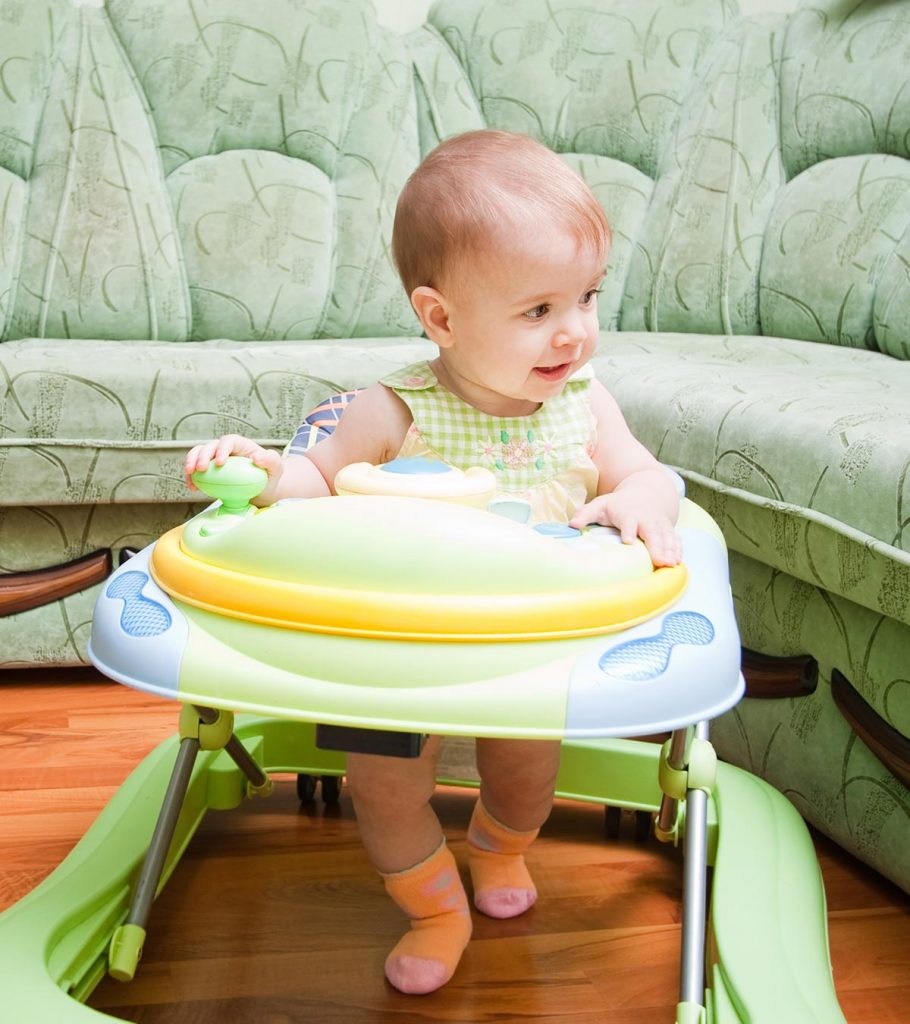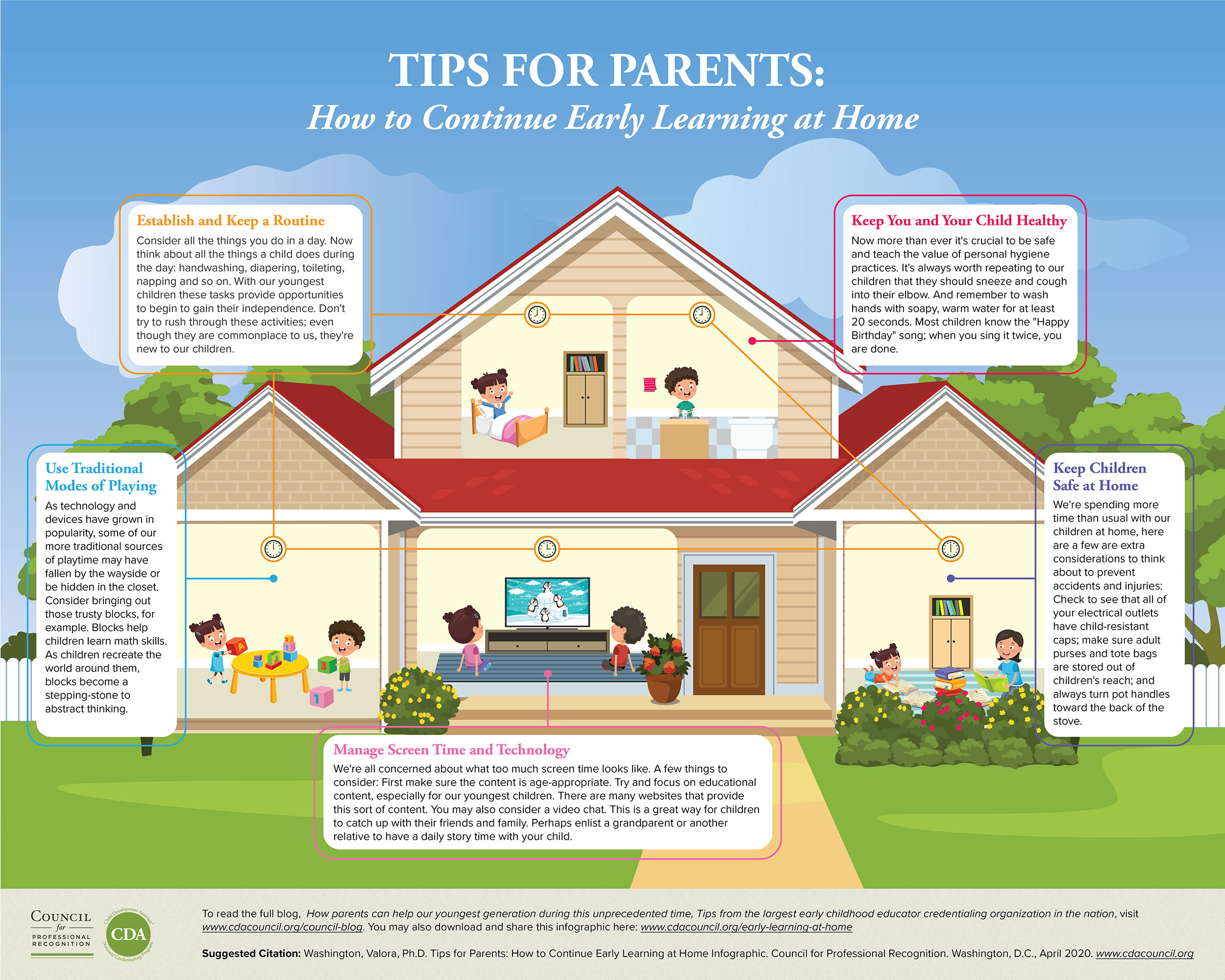Baby walkers are a popular choice among parents to help their little ones take their first steps. These devices, often equipped with wheels and a seat, can provide mobility and entertainment for babies. However, like any other parenting tool, baby walkers have their share of advantages and disadvantages. It is crucial for parents to be well-informed about the potential benefits and drawbacks before deciding whether to use a baby walker for their child. In this article, we will explore the pros and cons of baby walkers to help parents make an informed decision.
Table of Contents
The Benefits of Baby Walkers:

Baby walkers offer several advantages that make them appealing to parents. Here are some of the key benefits:
a) Promotes Physical Development: Using a baby walker can assist in developing a baby’s leg muscles, coordination, and balance, preparing them for independent walking.
b) Encourages Exploration: Baby walkers provide mobility, enabling babies to explore their surroundings more actively and engage with their environment.
c) Offers Entertainment: Many baby walkers come with interactive toys, music, and lights, which can keep babies entertained while in the walker.
d) Provides Parental Assistance: With a baby walker, parents can have some hands-free time while still keeping an eye on their little one, making it easier to accomplish small tasks around the house.
Safety Concerns:

While baby walkers have their benefits, there are significant safety concerns associated with their use. It’s essential to consider the following cons before deciding to use a baby walker:
a) Increased Risk of Accidents: Baby walkers can move quickly, and babies can gain access to hazardous areas such as stairs, kitchens, or sharp objects, leading to potential accidents.
b) Delayed Independent Walking: Some studies suggest that prolonged use of baby walkers may delay a baby’s development of independent walking skills. This is because walkers support a different walking pattern than natural walking.
c) Risk of Falls and Injuries: Babies can tip over or fall down stairs while in a baby-walker, potentially leading to injuries such as head trauma or fractures.
d) Lack of Supervision: While baby-walkers can provide some freedom for parents, it is crucial to supervise babies closely while they are in a walker to prevent accidents.
Guidelines for Safe Usage:
If parents decide to use a baby walker despite the associated risks, it is essential to follow safety guidelines strictly. Here are some important guidelines to ensure the safe usage of baby-walkers:
a) Choose a Sturdy and Certified Walker: Opt for a baby-walker that meets safety standards and is sturdy enough to prevent tipping over.
b) Use on Flat Surfaces: Only use baby-walkers on flat surfaces to minimize the risk of accidents and falls.
c) Keep Hazards Away: Ensure that the area where the baby is using the walker is free from potential hazards such as stairs, sharp objects, and hot surfaces.
d) Supervise Closely: Always keep a close eye on the baby while they are in the walker, and never leave them unattended.
Alternatives to Baby-Walkers:

Considering the potential risks associated with baby-walkers, parents may explore alternative methods to support their baby’s development. Here are some safe and effective alternatives:
a) Sit-to-Stand Activity Centers: These stationary play centers allow babies to stand and play while providing support for their developing leg muscles.
b) Push Toys: Push toys, such as sturdy wooden walkers or activity wagons, can encourage babies to practice walking while offering stability and support.
c) Parent-Assisted Walking: Encouraging babies to walk while holding their hands provides a safer and more natural way for them to develop their walking skills.
d) Tummy Time: Regular tummy time sessions help strengthen a baby’s core muscles,
which are essential for crawling, rolling, and eventually, walking.
Conclusion:
In conclusion, baby walkers have both advantages and disadvantages. While they can promote physical development, provide entertainment, and offer some freedom for parents, their use comes with significant safety concerns. Parents must consider the risks before deciding to use a baby walker and should follow strict safety guidelines if they choose to use one. Alternatively, parents can explore safer alternatives such as stationary play centers, push toys, parent-assisted walking, and tummy time to support their baby’s physical development. Ultimately, as parents, it’s crucial to prioritize our children’s safety and well-being above all else and make informed decisions accordingly.
Learn about: Discover the Unmatched Security and Convenience of the Vava Baby Monitor: Empowering New Parents with Peace of Mind





